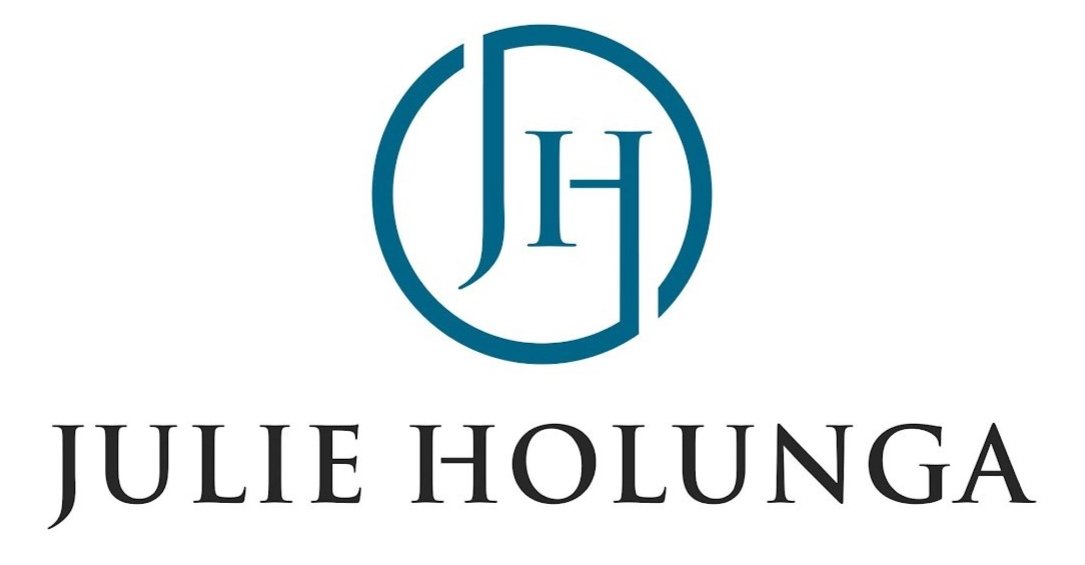Three Keys To A Highly Functional Team Without More Meetings
 The article was originally posted on Forbes Coaches Council.What creates true market separation for professional services firms (PSF) is not billable hours, staff size or even the scope of their client book. It’s the ability to create and sustain a highly productive, healthy level of collaboration and communication. According to research by Frost and Sullivan, collaboration is the most important indicator of a company's overall performance. Approximately 86% of employees say that lack of collaboration is the cause of workplace failures.So, what elevates professional services firm teams (and leaders) to produce world-class results? After working with thousands of PSF leaders around the world, I’ve identified three key characteristics of highly functional PSF teams.
The article was originally posted on Forbes Coaches Council.What creates true market separation for professional services firms (PSF) is not billable hours, staff size or even the scope of their client book. It’s the ability to create and sustain a highly productive, healthy level of collaboration and communication. According to research by Frost and Sullivan, collaboration is the most important indicator of a company's overall performance. Approximately 86% of employees say that lack of collaboration is the cause of workplace failures.So, what elevates professional services firm teams (and leaders) to produce world-class results? After working with thousands of PSF leaders around the world, I’ve identified three key characteristics of highly functional PSF teams.
1. Stockpile Trust
From my experience working with professional services firms throughout North America, trust is the leadership attribute that is most desired, from colleagues and clients alike. It is a crucial factor in building and maintaining existing and future client relationships.Dysfunctional teams often demonstrate a lack of trust due to insufficient time together, a lack of confidence in their individual capabilities or because individual agendas appear more important than team objectives. Without trust, teams can experience misalignment and a lack of cohesion.One of the first questions my clients address is, “How well do you trust your fellow team members, and how can you prove that trust is valid?” How your leaders answer those questions is a direct reflection of the culture of trust in your organization.Trust is built over time through consistent and transparent communication, honesty and a willingness to collaborate. Clients are more likely to work with professional services firms they trust, and trust can also lead to repeat business and positive word of mouth. This means that trust is not only essential for the success of the PSF but also for the success of the client.
2. Strong Focus On Collaboration
What is a practical, proven definition of collaboration, specifically in the context of PSF? There are five key components.1. Creating space for critical minds.2. Nurturing cognitive diversity.3. Clarifying intent-impact.4. Practicing world-class listening.5. Stockpiling trust.By focusing on these five elements, teams can embody a stronger, more dynamic culture of collaboration.Creating space for critical minds means creating an environment where team members feel comfortable sharing ideas and perspectives, even if they may be different or challenging. Psychological safety is key in this aspect. Team members should feel safe to express their ideas without fear of retribution or ridicule.Nurturing cognitive diversity is important for teams to have different perspectives, experiences and ideas to achieve a common goal. It is the ability to understand and appreciate different perspectives, which can lead to a more innovative and effective team.We naturally judge our communications based on what we intend, but our audience judges our communication on its real impact on them. This is known as the Intent-Impact Gap—and it’s in that gap between intent and impact where miscommunication happens. Aligning your intentions with your desired impact can foster a stronger chance of healthy collaboration. Take a moment before delivering a tough message to consider what your audience needs to hear, not what you want to say (or hear).Practicing world-class listening is crucial for teams to understand each other’s perspectives and ideas. It is the ability to listen actively and attentively and to respond thoughtfully that can help build trust and foster collaboration. If you’re ready to respond before the other person is finished talking, you’re not practicing world-class listening.By focusing on these five elements, teams can work together more effectively and efficiently to achieve their goals.
3. Prioritize Clear Communication
According to a study by McKinsey, poor communication and collaboration within organizations can lead to a loss of up to 20% to 25% of a company's productivity. Another study by the International Association of Business Communicators shows that poor communication costs U.S. businesses an estimated $37 billion per year. The trap many PSF leaders fall into is believing more meetings and email communications equate to clearer communication. If the efficacy of your communication is unproven, you may be simply adding more noise. Your firm’s future matters too much to assume your communication is effective.Prioritizing clear communications happens through closing the Intent-Impact Gap, avoiding assumptions, and leading with the Titanium Rule. If you’re unfamiliar with the Titanium Rule, I define it as “speak to others in the way they want and need to be spoken to.” Instead of communicating how you prefer to communicate, think of how the other person is best wired to receive words of insight and perspective from you.Highly functional professional service firms that stockpile trust, have a healthy focus on collaboration and prioritize clear communication are positioned to win. By fostering these characteristics, teams can improve collaboration and ultimately drive success for the organization. Trust, collaboration and clear communication are the key elements that teams need to focus on to achieve an elite level of productivity and success.
